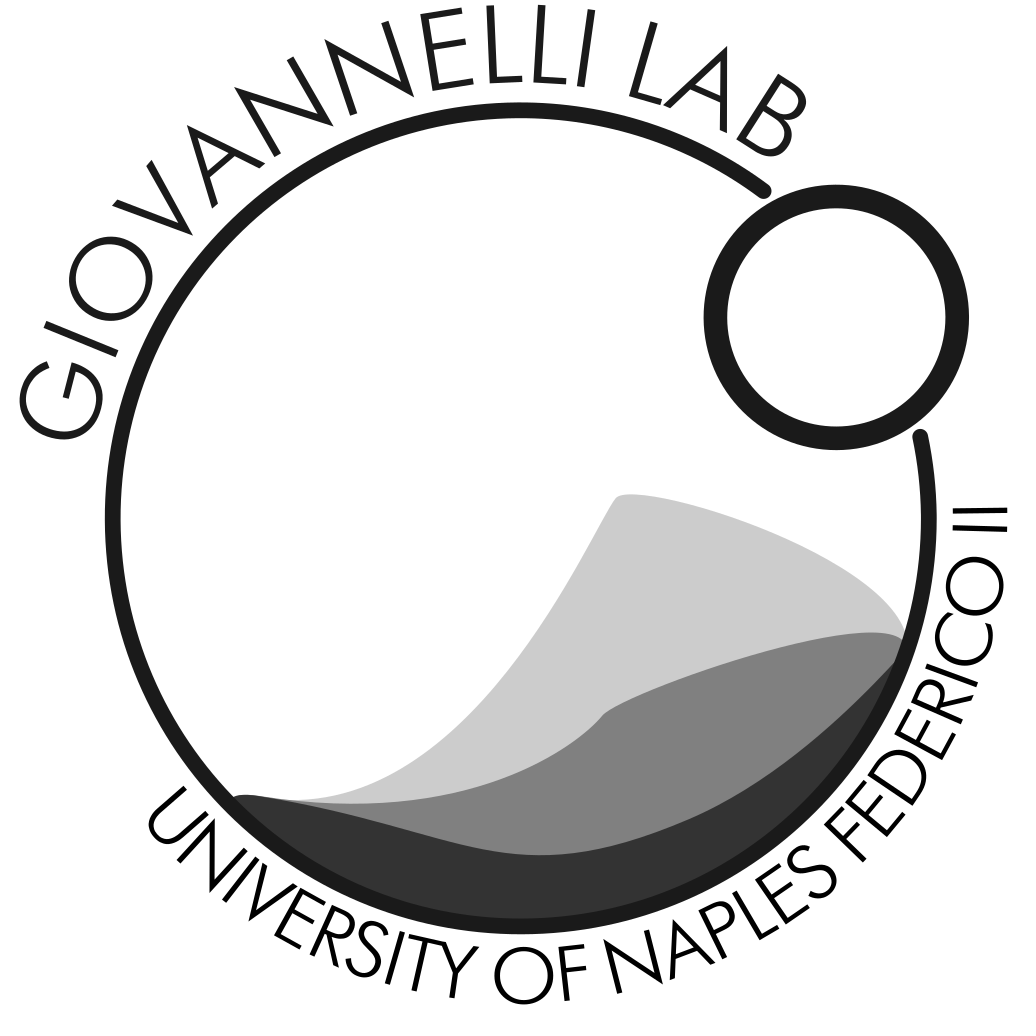
Determination of Spore abundance in soils/sediments using DPA concentrations as a proxy
OBJ: Estimate the amount of endospores in a sediment/soil sample using Dipicolonic acid as a proxy for endospore abundance
Duration: not yet assessed
Adapted from: Fitchel et al. 2007 J Microbiol Methods
Materials
- 15 ml falcon tubes (autoclave safe)
- 2.2 ml tubes
- Ice bath
- 0.22 µm cellulose Anotop filter
- P5000, P1000, P200 tips
- 60°C Oven
Equipment
- P1000
- P5000
- P200
- Centrifuge for 15 ml falcon tubes
- Autoclave
- Spectrofluorimeter
- Quartz cuvette
Solutions
- KCl 50 mM
- Sodium bisulphate buffer 50 mmol/l, pH 1.2
- Tb3Cl in 400 mM sodium acetate buffer pH 5
Procedure
- Number and pre-weight (record the weight on the DPA spreadsheet) enough 15 ml falcon tubes + 2 blanks
- Weight 2 g of wet sediments into the falcon
- Add 2 mL KCl (50 mM) and vortex
- Centrifuge 5 min @ X 7,000 g and discard supernatant. This removes readily exchangeable calcium
- Add a second 2 mL KCl (50 mM) aliquot and vortex
- Centrifuge 5 min @ X 7,000 g and discard supernatant
- Add 3 ml sodium bisulphate buffer (50 mmol/l, pH 1.2) (Sodium acetate 500 mM pH 5 also possible)
- Autoclave 30 min @ 121°C
- Cool on ice
- Centrifuge 5 min @ X 5,000 g
- Filter the supernatant with a 0.22 µm cellulose acetate filter into a new 2.2 ml vial
- Dry the sediment pellet for 24 h @ 60°C and weight the dry pellet. The next day record the pellet weight
- Set the fluorescence blank using 2 ml of sodium bisulphate buffer (50 mmol/l, pH 1.2)
- Load 2 ml of the supernatant into the quartz cuvette (read the two reagent blank first!)
- Read on spectrofluorimeter (@ ex. 270 nm and em. 548 nm) and record the background fluorescence
- Add XXX µl of Tb3Cl (final 30 µM in 400 mM sodium acetate buffer pH 5) to the cuvette
- Briefly mix by pipetting or inverting several time the cuvette
- Read again (@ ex. 274 nm and em. 548 nm) and record the terbium-DPA complex fluorescence
- Discard and wash the cuvette with ddH2O water
- Repeat until all sample have been read for background and terbium-DPA fluorescence
- Calculate the equivalent endospore abundance using the formula below and the appropriate spreadsheet
Expected results (quantitative information, graphics, images)
Expected results are 2 spectrofluirmetric reads per sample (background and terbium-DPA complex) plus two reagent blanks reads. There can be converted, together with the sediment dry weight of each sample into the DPA concentration using the calibration curve and into endospore abundance using a conversion factor as outlined below.
Common problems, troubleshooting and solutions
- None to date
Calculations
Calculations take into account the reagent blank fluorescence, the background fluorescence, the dilution factor, a recovery correction factor and the starting sediment dry weight. All this is converted to DPA abundance within a range of X-XXX µM of DPA. A correction factor of 1.2 was used on the obtained DPA concentration to account for known recovery efficiency from sediments (Fitchel et al., 2007 J Microbiol Methods). A DPA to spore conversion factor of 2.24 x 10^-16 mol/endospore (Fitchel et al. 2007 FEMS Microbiol Ecol) was used, although the original estimate suggest a variation of plus/minus 0.69x 10^-16 mol. Additionally, an increased concentration in DPA per endospore was observed fro spores sporulating at 40°C vs 25°C with a DPA per endospore content doubling at higher sporulation temperatures. Although we have no evidence of this effect in natural samples, nor it is possible to know the real temperature of sporulation, this should be taken into account in future work by applying a temperature dependent correction factor.
$$ DPA=(((m\times((Fs-Fb)-Fk)\timesdil)+q)\timesRc)\timesf Ea=\frac{DPA\timesEc}{Sw} $$
where: DPA = DPA concentration in µmol/l Ea = Endospores abundance in endospores/g dry sediment Fk = Fluorescence blank reagents Fb = Background fluorescence before Tb3Cl addition Fs = Sample fluorescence after Tb3Cl addition Sw = Sediment dry weight dil = dilution factor (if used) f = Fractional factor correcting for protocol volume handling Rc = Recovery correction m = slope of the calibration curve q = intercept of the calibration curve Ec = Endospore DPA content
A Open Document Spreadsheet is attached to this protocol to perform the calculations.
Written with StackEdit



